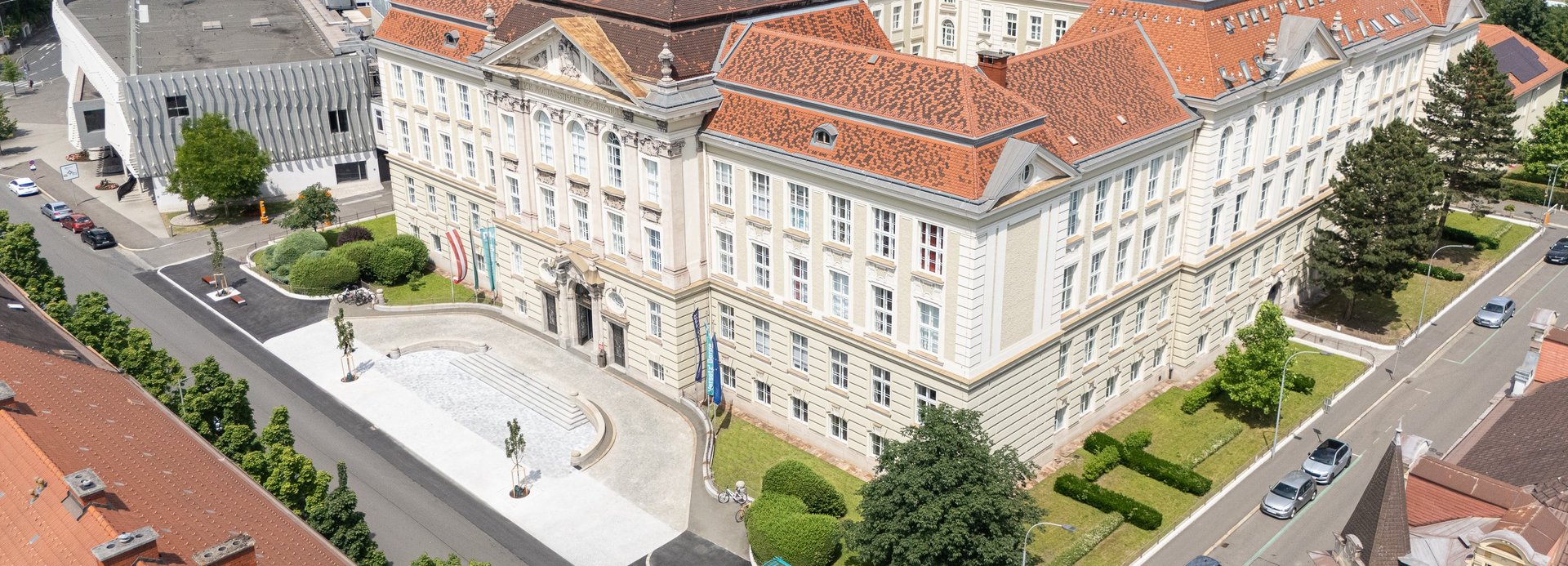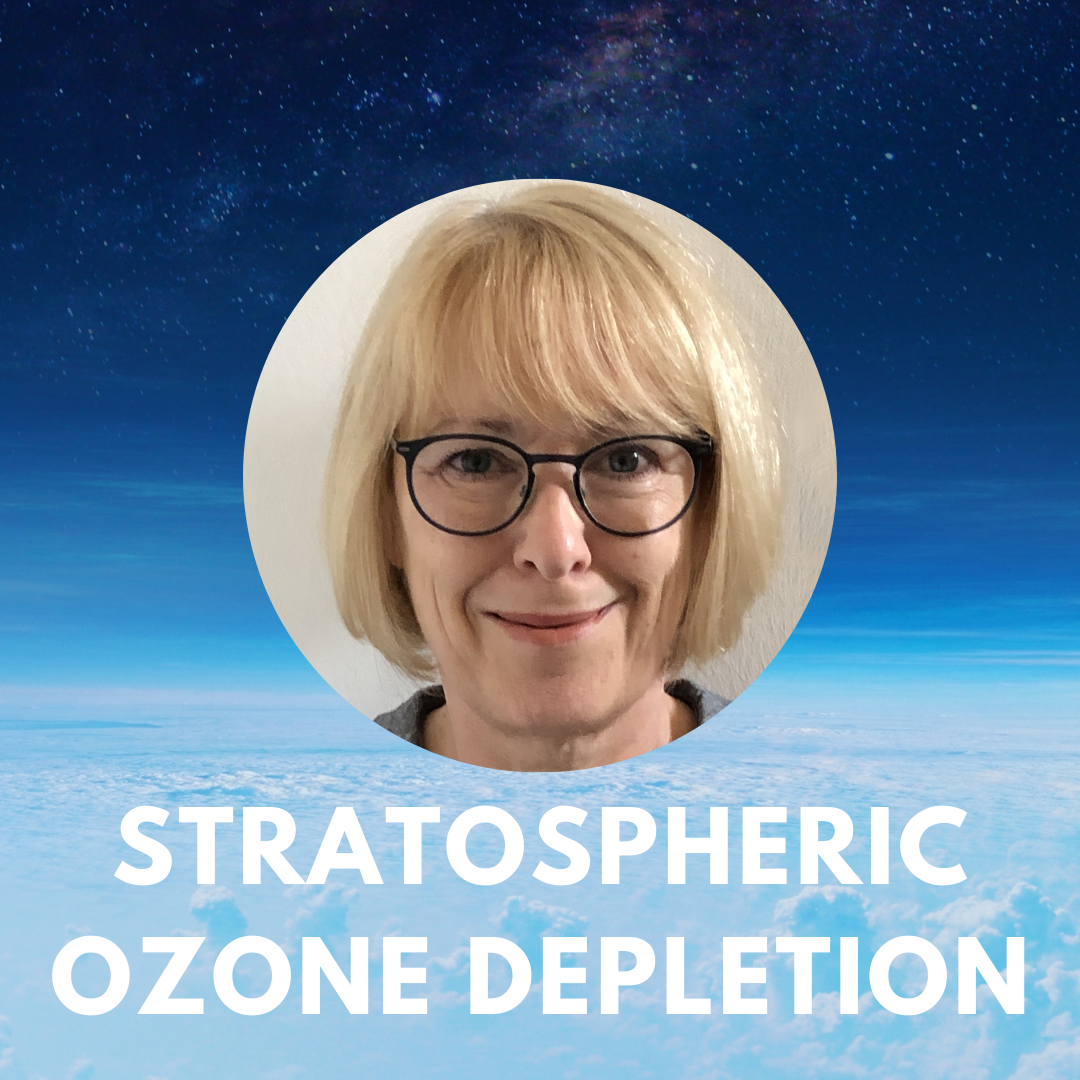Module 8 of the Planetary Boundaries series concerning Stratospheric Ozone Depletion took place on December 7th and was held by Ulrike Langematz.
She is University Professor for Atmospheric Dynamics at Institute of Meteorology at Freie Universität Berlin, where she also studied Meteorology herself. She had various visiting professorships at University of Arizona (2002) and University of Melbourne (2016/17) and spent research periods at NIWA New Zealand (2009), University of Kyoto and Meteorological Research Institute of Japan.
Her research areas are physics, dynamics and chemistry of the middle atmosphere, stratospheric ozone, atmospheric impact of solar variability, chemistry-climate modelling and paleoclimate.
Her publication record encompasses about 90 peer-reviewed publications. She also is Lead Author of the WMO/UNEP Scientific Assessment of Ozone Depletion 2018 and Co- Author, Contributing Author and Review Editor of the WMO/UNEP Scientific Assessment of Ozone Depletion 2003, 2007, 2011, 2014, 2022.
Prof. Langematz started by locating the Stratospheric Ozone Depletion boundary within the planetary boundary framework in the safe zone, while pointing out at the same time that this was not the case some decades ago.
In order to create the foundation/base for this lecture, Prof. Langematz explained that ozone is a form of oxygen (3 oxygen atoms). 90% of the ozone are to be found in the stratosphere and only 10% in the troposphere. As the overall number of ozone molecules in the atmosphere is not high, Prof. Langematz raised the question of why is it important then? As she continued to explain, it is necessary to distinguish between “good” and “bad” ozone. Ozone is a toxic gas, which should not be found in big amounts close to earth’s surface. The good ozone absorbs the harmful solar radiation in the ozone layer. There are different methods to measure ozone, most used are ozone sondes, further important methods use remote sensing via satellites or high-altitude aircrafts, or ground-based remote sensing like spectrophotometers or lidars, which work by looking upwards and measuring reflected radiation.
When studying the distribution of ozone in the stratosphere, two major processes have to be looked at: The first is the photochemical production and destruction cycle (Chapman Cycle). Three oxygen molecules are converted into two ozone molecules, but then interact with sunlight and are reconverted in oxygen molecules. A second destruction process occurs when there are additional chemicals in the atmosphere (e.g. chlorine) which also react with ozone molecules and lead to its destruction. One chlorine atom can destroy thousands of ozone molecules – the ozone layer depletion is a result of both the Chapman cycle and catalytic ozone destruction by reactions with ODS (ozone depleting substances). Another important aspect regarding the ozone distribution is the circulation. Ozone is usually produced in low latitudes, where there is a lot of sunlight, but by circulation ozone is transported to high latitudes in winter.
Prof. Langematz continued to explain the evolution of the ozone layer over the past decades. Stratospheric ozone has decreased in the 1980s and 1990s, which is measured in the unit of total ozone (describing the ozone column above a certain point, expressed in Dobson Units, the global average being 300 DU). The global total ozone changes show, that decrease has stopped in 1990s, but the current value is still below the average of 1960-1980. Why did it decrease? Catalytic ozone destruction has become stronger, because large amounts of halogen gases have been emitted in the atmosphere by anthropogenic activities. The industry has produced CFCs since the 1950s, which were then transported into the stratosphere where the chlorine and bromine containing source gases are converted to reactive halogen gases by solar radiation and act as ODS.
The Antarctic ozone hole is the most dramatic manifestation of ozone depletion. All described above refers to the whole earth, but over Antarctica there is a special situation. The ozone hole is not a real hole, but an ozone minimum which occurs every spring time over Antarctica (total ozone in this area is below 220 DU), as discovered first by three British scientists in 1985. This situation is due to special meteorological conditions in Antarctic winter, where it is very cold in the stratosphere, much colder than in the Arctic. In those low temperatures polar stratospheric clouds can be produced, being the prerequisite for additional ozone depletion. Heterogenous chemical reactions then take place, releasing chlorine which in spring reacts with the solar radiation causing catalytic ozone destruction. Only in Antarctic winter temperatures are low enough for sustained heterogenous ozone destruction, there is no similar ozone hole in the Arctic.
Talking about future ozone recovery and the evolution of ODS, Prof. Langematz pointed out, that it is a success story. After the first publications on the effect of ODS were published in the 1970s and 1980s, it didn’t take long until action was taken to avoid further decrease of the ozone layer. It was not only the Montreal Protocol 1987 (international agreement to reduce the abundances of ODS in the stratosphere), that led to this success. The initial protocol was easily and quickly amended, as it was soon clear, that it was not sufficient. For tendency surveillance, there is a report published every four years, which evaluates if the ODS goes down. A special type of model (chemistry-climate models) is needed, to predict ozone increase or decrease. According to these predictions, ozone is projected to reach 1980-baseline values again at about middle of this century. Satellite measurements, aiming to detect ozone recovery, show a positive trend in total column ozone locally, but it is not significant yet. These trends are difficult to observe, because of the factors (ODS effect and the year-to year variation determined by dynamical activity) controlling the polar zone.
Another region, requiring special attention of atmospheric researchers like Prof. Langematz concerns the tropical ozone. Here an increase until the 2060s and then a decrease are projected, which is due to increasing upwelling in the Brewer-Dobson circulation because of climate change. This has consequences for the UV radiation as well, which will then increase and probably suppose health risks in the tropics. Another consequence of the climate change and increased dynamics is that more ozone will be transported from the stratosphere to the troposphere, which might also become a problem in the future, if ozone gets too close to the surface.
At the end of her presentation, Prof. Langematz touched on current ozone topics, such as the recent non-compliant CFC11 production coming from China, which only went over a limited period, and will not lead to a substantial delay in Antarctic ozone recovery, proofing the importance of ozone monitoring. She also mentioned potential new threats for the polar ozone layer: Supersonic and hypersonic transport in commercial use are expected to release substantial amounts of water vapor and nitrogen oxide into the stratosphere which would cause a significant ozone decrease.
Summary: the emission of anthropogenic ODS has led to severe global depletion of stratospheric ozone since about the 1980s by chemical processes. In combination with the specific dynamical conditions (cold, stable polar vortex), the Antarctic ozone hole regularly develops since the 1980s. In a resolute and joint action of politicians, scientists and industry world wide the production and consumption of ODSs was banned by the Montreal Protocol in 1987 and its amendments and adjustments. First signs of ozone increases are detectable since about 2000. Models project a recovery of global and polar ozone to 1980 baseline values during the 21st century. No complete future tropical ozone recovery is expected in the lower stratosphere due to an increase in the Brewer-Dobson circulation.
If you will be in a position one day to take decisions – do it. The montreal protocol example and success story of the ozone recovery was such a success because of resolute acting and could not be repeated yet for the climate change problem. So if you have the possibility, be resolute and take the decisions that are necessary.

